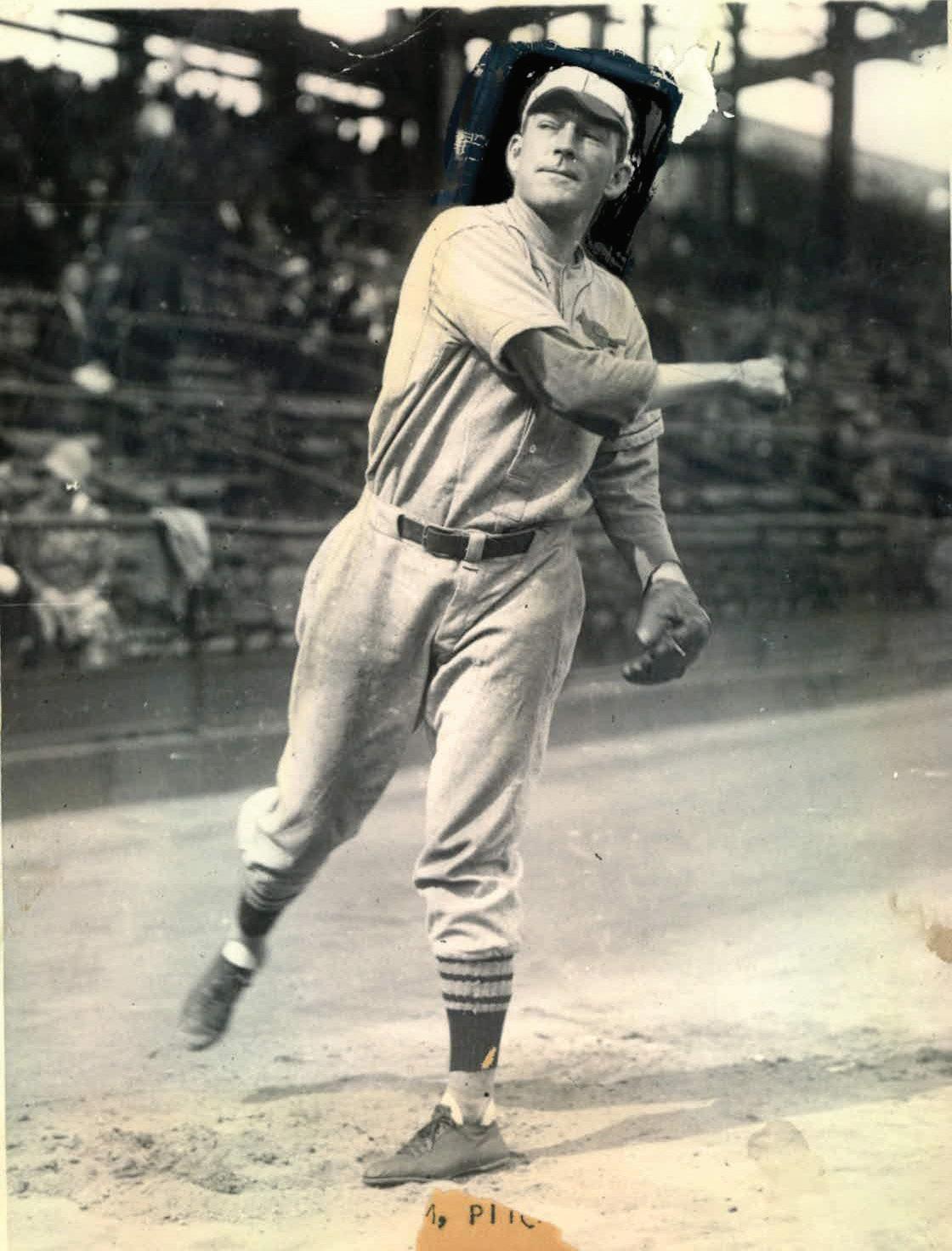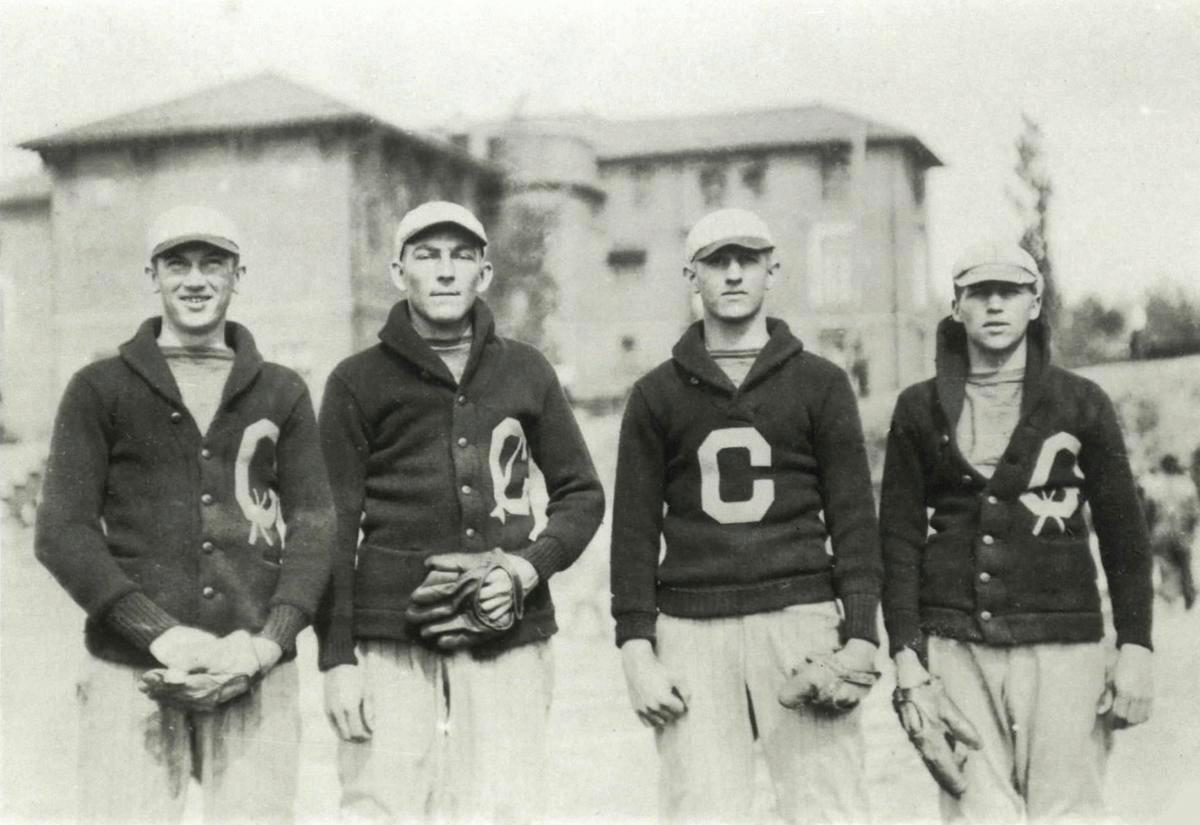
6 minute read
Charles Flint "Shad" Rhem: Mark W. Buyck
from April 2021
by VIP Magazine


Advertisement
Charles Flint “Shad” Rhem
For many of us, as the weather warms, our thoughts turn to baseball. Since 1876, there have been 19,576 players who have appeared in a major league baseball game. 198 of those were born in the state of South Carolina. (I am not including those players who only appeared in the Negro leagues, many who would also make for a good story). Two Hall of Famers were from South Carolina, Jim Rice and Larry Doby. Shoeless Joe Jackson will probably never make the Hall of Fame although he was one of the all-time greats on the field. Other colorful players include Mookie Wilson, Hurricane Hazle, and the pitcher Van Lingle Mungo. Closer to home, BoBo Newsom from Hartsville had a long career from 1929 to 1953. Sumter’s Bobby Richardson was an 8-time All-Star and 3-time World Series champion with the New York Yankees from the mid-fifties to the midsixties.
Anyone driving to Georgetown from Florence will recognize the Rhems name, it is an unincorporated area around the intersection of South Carolina 51 and the Brown’s Ferry Road. Rhems’ most famous landmark is the Mingo Esso. The Rhem family has been in the area since 1846. Flint Rhem was born on January 24, 1901. His father worked for F. Rhem & Sons selling cotton, timber products, real estate, and operating the Black River and Mingo Steamboat Company. Rhem’s father did not approve of baseball and forbade his son from playing. Flint attended Clemson University from 1920 until 1924; however, it appears he did not play on the baseball team until after his father died in 1922. He quickly drew the attention of the baseball world as he averaged 15 strikeouts per game. In an effort to promote himself, he sent a letter to Ty Cobb who was then the playermanager for the Detroit Tigers. Cobb later described the letter, “His spelling didn’t indicate that he was about to graduate magna cum-laude, but young Flint cited a flock of one- and two -hitters he’d pitched and asked for a tryout in Detroit.”
Perhaps the most colorful of all the South Carolina players was a pitcher, Charles Flint “Shad” Rhem.

Flint Rhem (second from left) pitched for Clemson from 1922-24
Flint signed with the St. Louis Cardinals in 1924 and would play 12 seasons in the major leagues. His nickname at Clemson was Smokey, but after arriving in the big leagues, he was tagged “Shad” Rhem purportedly for the fish stories he told. In his first season in the minors, he led his league with 282 strikeouts and pitched a no-hitter. Two weeks later, he played his first major league game with the Cardinals on September 6, 1924. He stuck with the Cardinals and remained on the team through the 1928 season. His second full big-league season in 1926 was the best of his career. He led the National League with 20 wins and pitched 20 complete games. He had an 8-game winning streak and an ERA of 3.21, helping the Cardinals to a National League Pennant and a World Series Championship. Flint started game 4 of the 1926 World Series against the Yankees. This was the famous game where Babe Ruth promised a critically ill youngster, Johnny Sylvester, that he would “knock a homer for ya on Wednesday.” By the fourth inning, Ruth had 2 homers off of Rhem who was then lifted for a relief pitcher. Ruth would hit a 3rd home run that game. According to the New York press at the time, young Johnny made a miraculous recovery after Ruth’s promise was fulfilled. Rhem also appeared in the 1928 World Series against the Yankees. Rhem was scheduled to pitch the 3rd game of the series but his mother did not want him pitching on Sunday. Rhem was benched, but he did appear to pitch 2 innings in relief. At the conclusion of the 1928 season, Rhem was one of the better pitchers on a World Series contending Cardinals team; however, his off-field behavior was not endearing to Cardinals management. Rhem was demoted to the minor leagues for the entire 1929 season and was eventually suspended allegedly due to his alcohol-fueled behavior. He was brought back to the big club for the 1930 season and had a decent year going 12-8. The Cardinals lost the World Series that year and Rhem was the starter and loser of game 3.
According to the story in the Atlanta Constitution, “Rhem, who through his diamond career has never been celebrated as an ardent prohibitionist, failed to appear at the Cardinals’ local headquarters [before a game in Brooklyn] on Monday night. Last night, however, he returned and faced ‘Gabby’ Street, the manager. ‘Yes?’ said Street coldly. ‘Yes.’ mumbled Rhem. ‘Bandits. Guns. Kidnapping. They made me drink the awful stuff.’” Rhem went on to explain how he had been abducted and taken to a rural roadhouse while being forced to consume large quantities of liquor. “And I am sorry to say that I got drunk. Imagine that happening to me! Of all people, me!… I was helpless, always in fear of my life." After a decent 1931 season with the Cardinals, Rhem opened the 1932 season with the Cardinals but was soon sold to the Philadelphia Phillies. While his off-field behavior remained a problem, he put together an overall 15-9 record with a 3.58 ERA. The AP reported that the “erstwhile playboy of the St. Louis Cardinals was having the year’s greatest baseball comeback.” Unfortunately, his next season in Philadelphia was probably his worst as he went 5-14 with a 6.62 ERA. Before the 1934 season began, the Cardinals bought Rhem back from the Phillies. He only appeared in 5 games with the Cardinals that year as they sold him to the Boston Braves. He still managed a winning record doing 9-8 with a 3.69 ERA in the 1934 season. Rhem started the 1935 season in Boston with an 0-5 record and was demoted to the minors. He was then sold to the Cincinnati Reds, who never called him up to the big-league squad. In June 1936, the Cardinals bought Rhem from the Reds for his third stint with the team. His final appearance in the major leagues was August 26, 1936 at the age of 35. During his 12 seasons in the majors, he pitched 1,725.3 innings with a record of 10597 and an ERA of 4.20.
Rhem and his family lived in Greer after his baseball years were over. He reportedly maintained a farm in the Rhems area where he would frequently visit his relatives and hunt and fish. He died on July 30, 1969.
The most infamous event of Rhem’s baseball career occurred in 1930.
Sources Include: Society For American Baseball Resource article written by Nancy Snell Griffith.
248 West Evans Street | Florence, SC | 843.662.3258 2050 Corporate Centre’ Drive, Suite 230 Myrtle Beach, SC | 843.650.6777

Business Law, Litigation, Real Estate, and Federal Criminal Defense Attorneys










